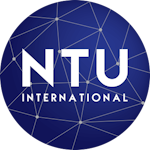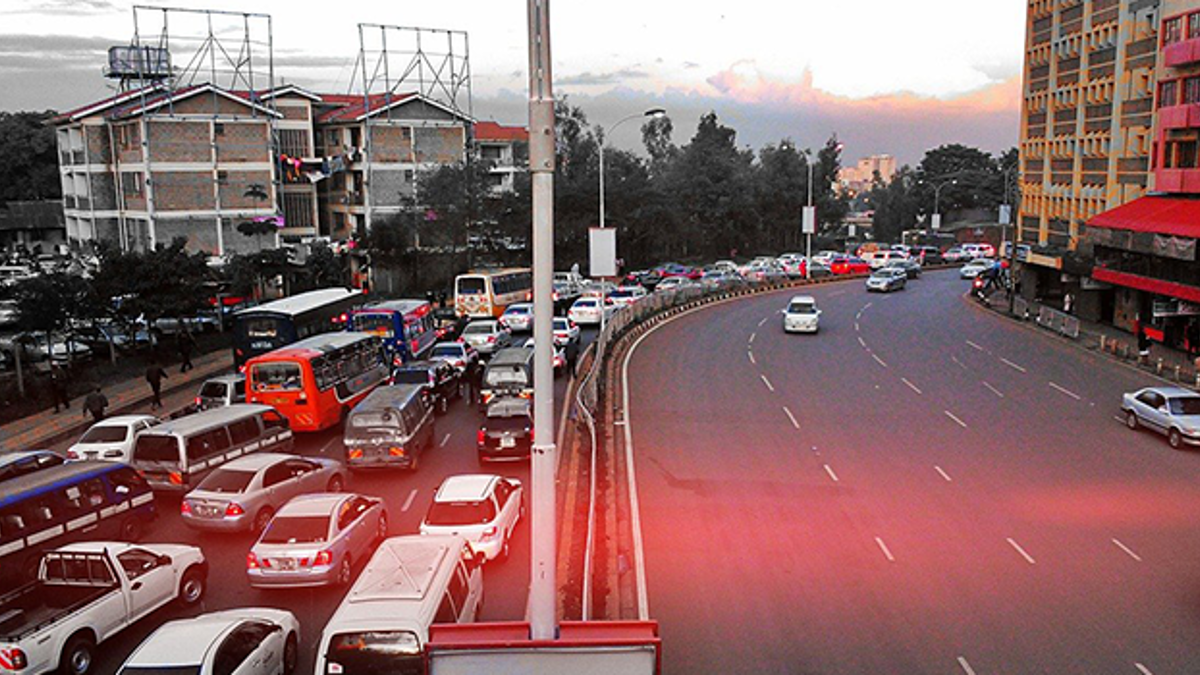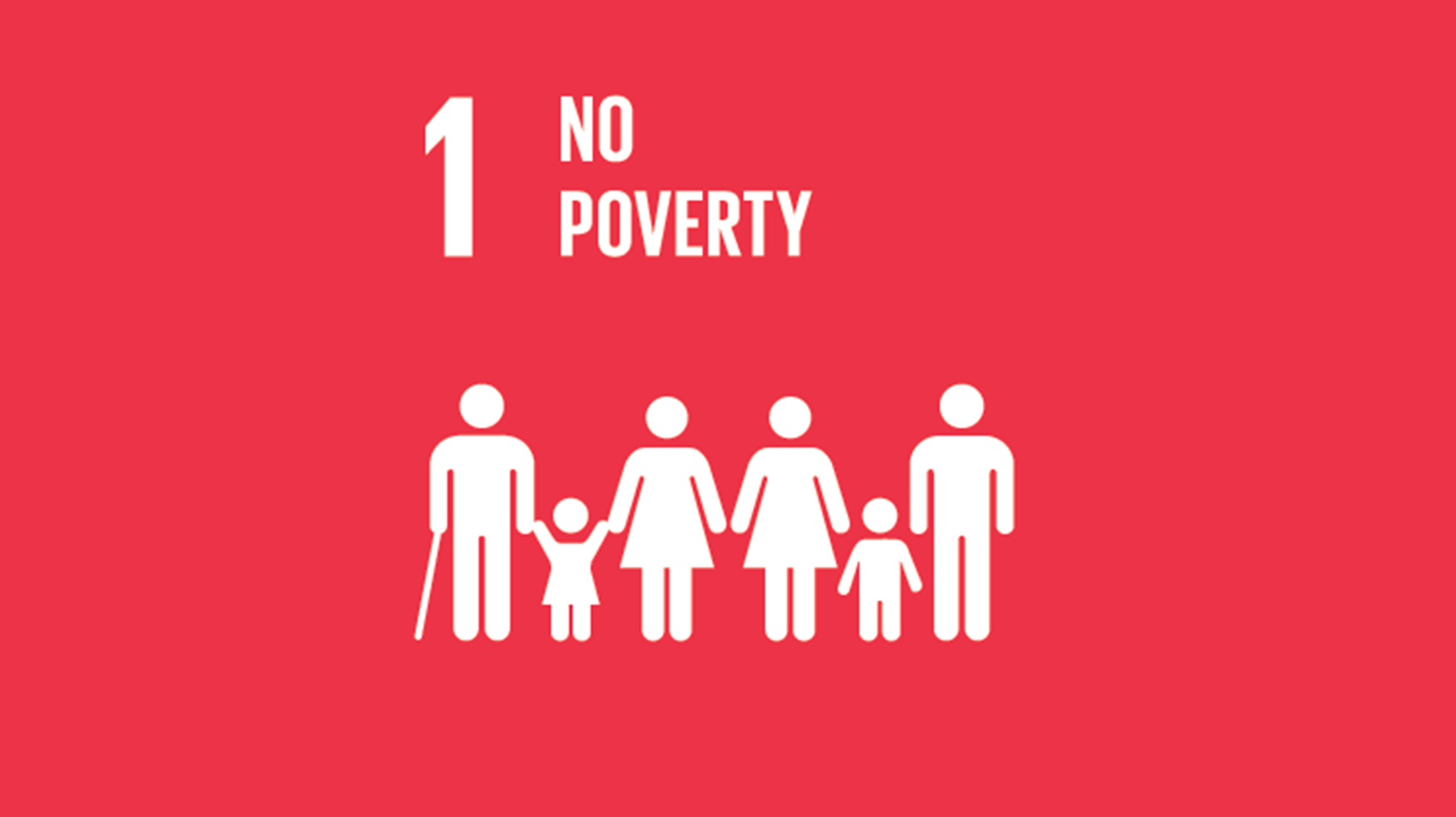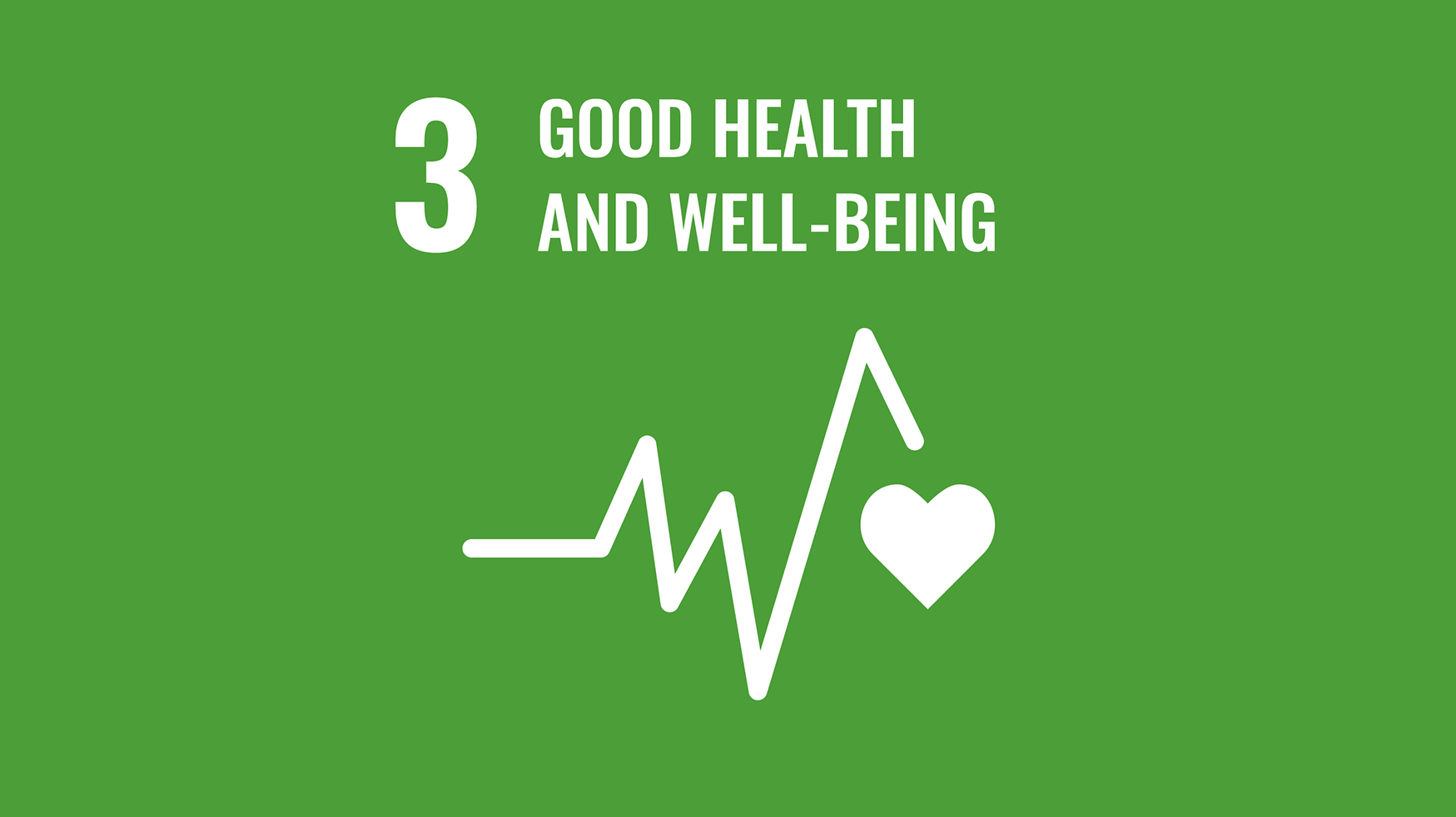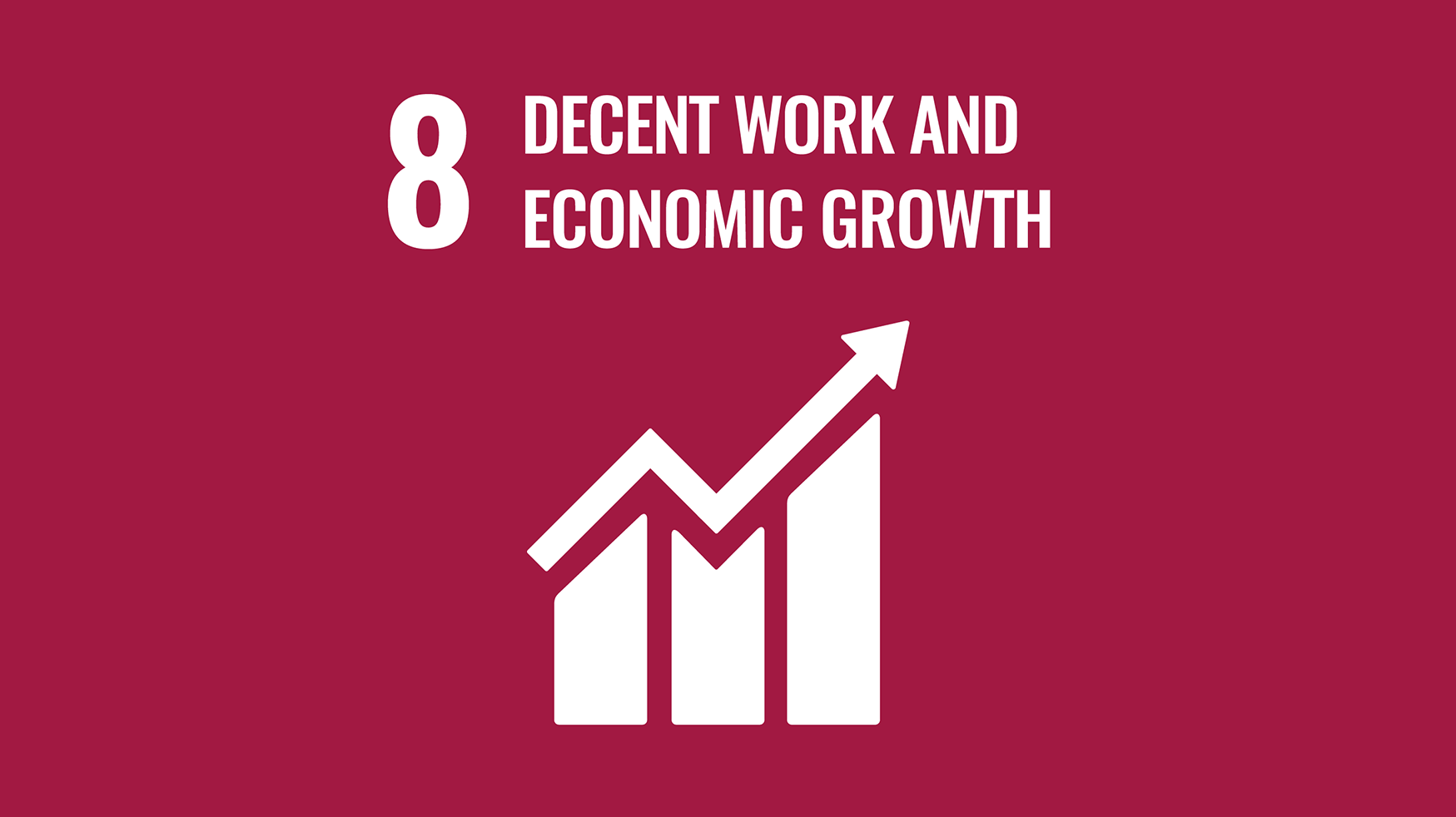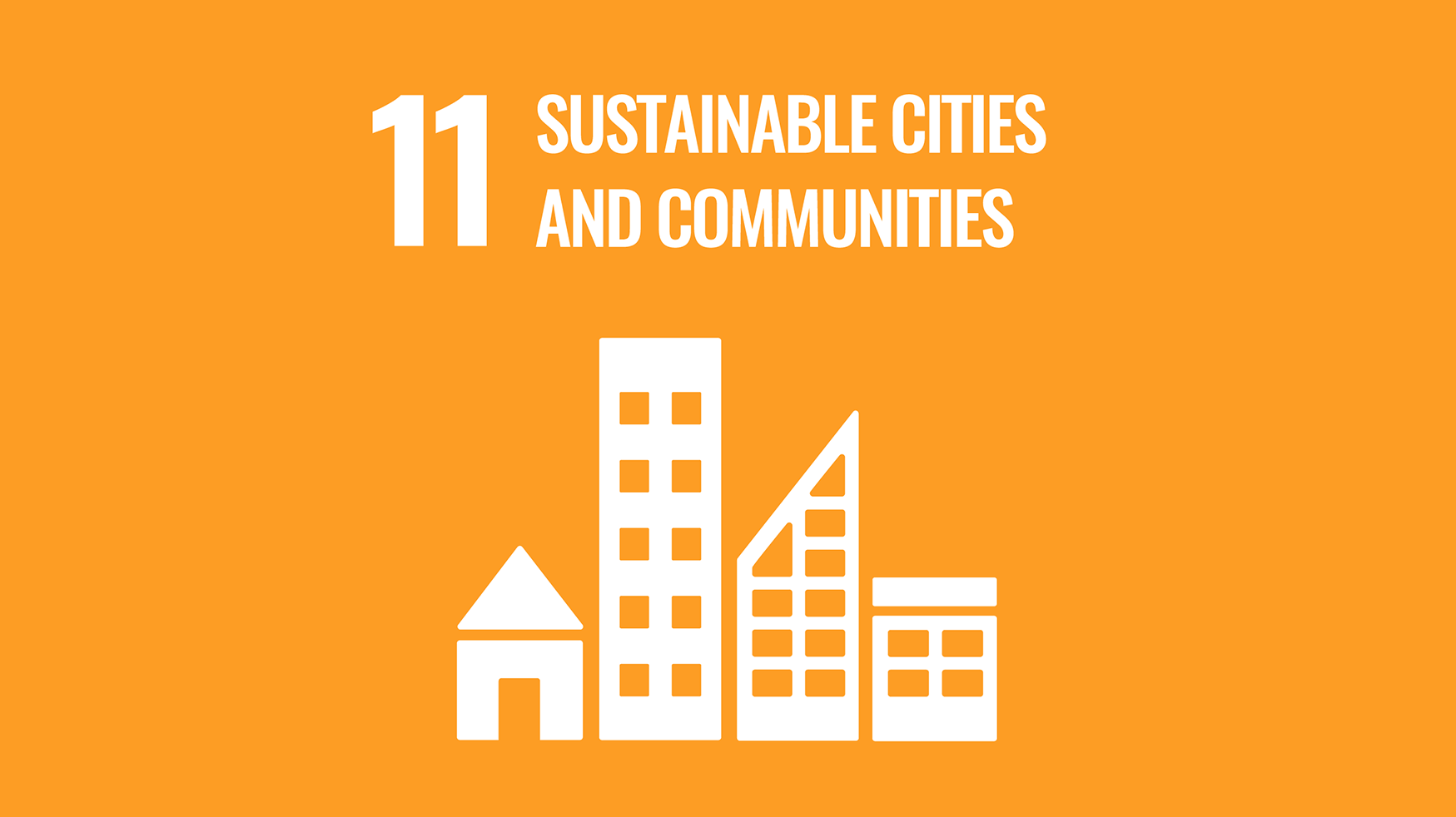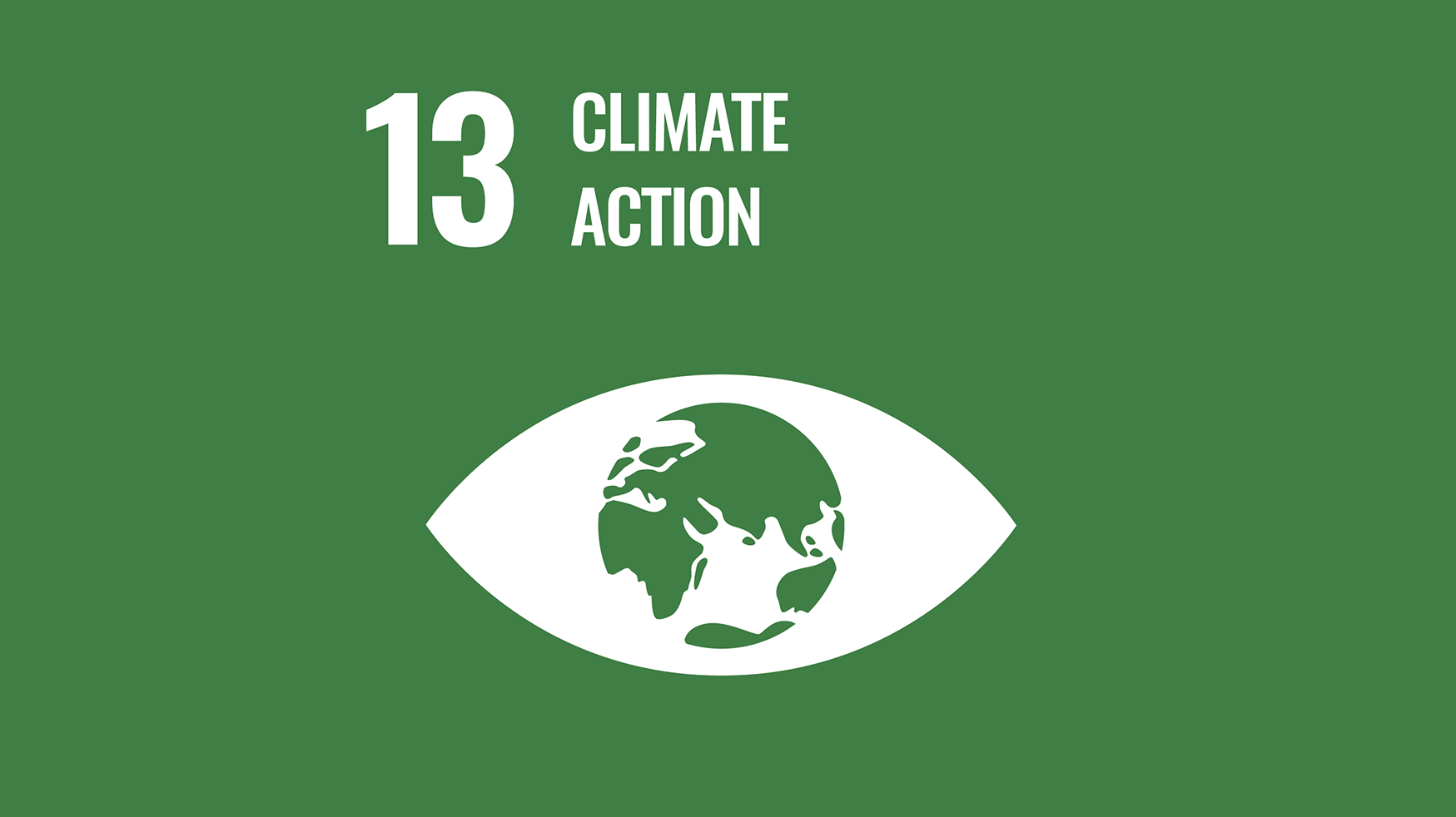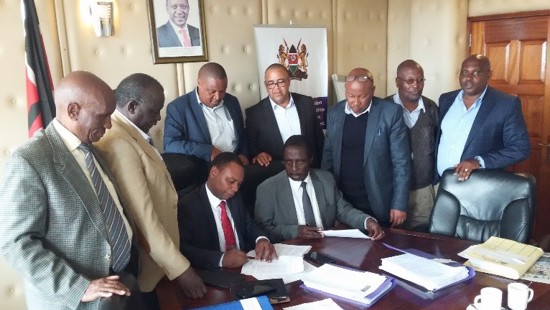
Funded by the European Union with a budget of EUR 8 million, the project “Institutional Support to the Kenyan Transport Sector” directed at the Kenyan Ministry of Transport, Infrastructure, Housing, Urban Development & Public Works is being implemented from 2017 to 2023.
The overall objective of this project, which this contract contributes to, is to accelerate inclusive economic growth and reduce poverty by creating a more efficient, sustainable transport sector. The contract supports the Kenyan authorities in improving governance and enhancing technical skills within the transport sector to develop a safer and more efficient transport system. All these actions are aimed atboosting productivity while minimising negative environmental and climate impacts.

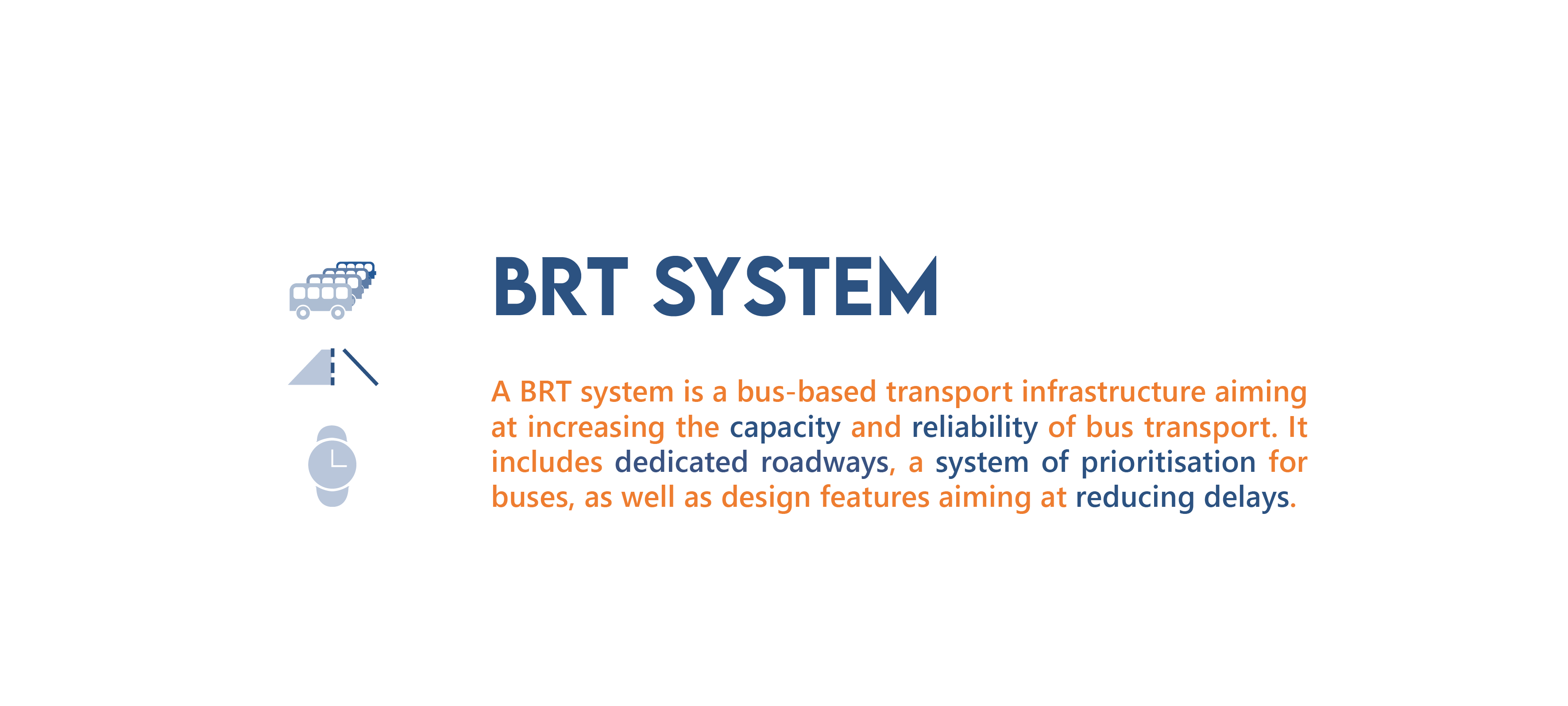
Implementation
Under its result Area 3, “Urban Mobility”, the project is supporting the Nairobi Metropolitan Area Transport Authority (NaMATA) with the coordination and operation of a Bus Rapid Transit (BRT line 3) system. NaMATA is concerned with coordinating the multiple ongoing transport initiatives in Nairobi, ensuring harmonization of the BRT Lines, overseeing the BRT implementation, and helping to establish a clear roadmap for improving sustainable transport facilities in Nairobi. Under this aspect of the project, NTU’s support is focusing on the transition of the transport industry, the preparation of a Communications Strategy, a Service Plan, a Business and Financial Plan. Support to the BRT implementation process implies i) project preparation, ii) operational design, iii) physical design, iv) integration, v) business plan, and vi) evaluation and implementation.
Impact
The impact of the operationalisation of a Bus Rapid Transit system is significant. First, such a system allows for commuters to save travel time, thus improving their quality of life. Then, the modernisation of the bus system allows for an improvement of air quality, thus curbing GHG emissions and reducing air pollution in Nairobi. Lastly, BRT enables for a better prevention of road fatalities and crashes.
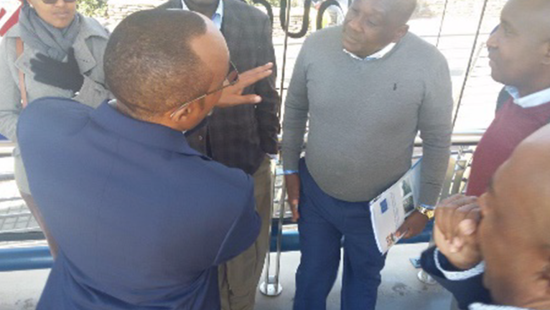
SDGs:
